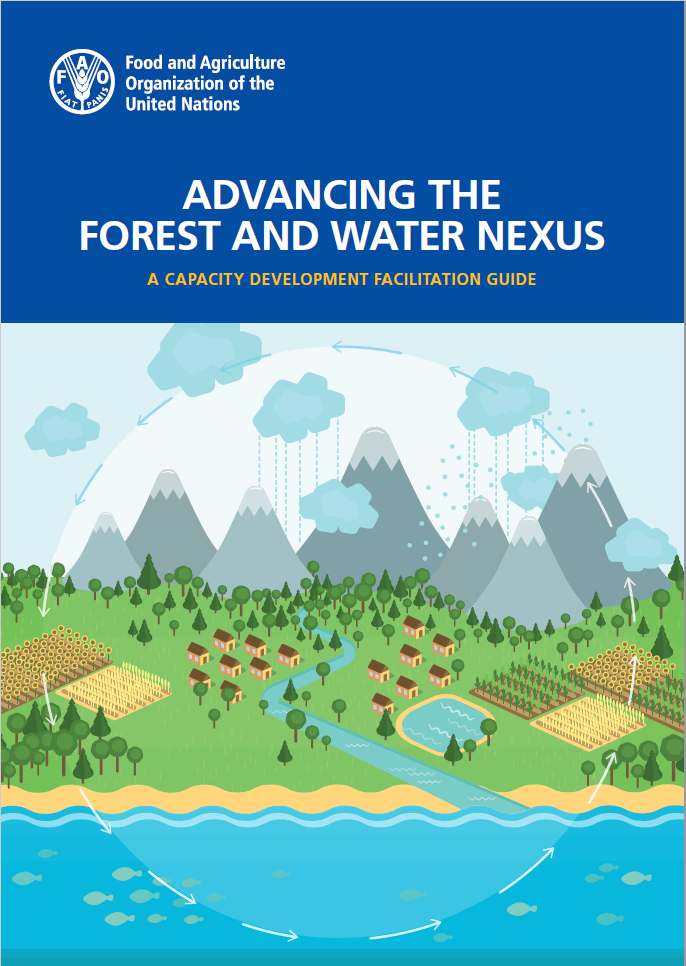
SLM and SDG 6
Ensure availability and sustainable management of water and sanitation for all.
- Home
- SLM and SDGs
- SLM and SDG 6
Water Security
Definition
Water security falls under SDG 6, which is to “ensure availability and sustainable management of water and sanitation for all” (http://www.un.org/sustainabledevelopment/water-and-sanitation/). Water security is not just about domestic use, but also about adequate supplies for farming.
Why is water security a global issue?
There are growing concerns about water availability worldwide. It is estimated that nearly 40 countries are currently suffering extremely highlevels of water stress, with the situation worsening in many countries.
SLM and water
There are four main dimensions to water security. The first is security in terms of access to water for domestic use: according to the World Health Organization, 20 litres/ person/ day is the absolute basic domestic minimum to maintain health and hygiene. The second is conserving limited rainfall for dryland cropping using SLM methods that increase water use efficiency (WUE). The third is supply and effective use of water for irrigation. Finally, the fourth is governance of rivers and large water bodies, often at national or international levels. Domestic water security often has to be achieved through specific project interventions in poor, arid areas by provision of the technology and skills required to build water harvesting roof tanks and earth reservoirs. Supply of irrigation water to farmland almost always requires sets of agreements and the establishment of water user associations (WUA) for joint decision-making. At national and international levels, there are various complex sets of negotiations needed to address disputes and ensure equitable water distribution. Rivers that flow through several countries are particularly difficult to govern in terms of guaranteeing equitable water use and ensuring sound river basin management by all parties. SLM can help improve WUE on rainfed land through terraces, deep planting pits, and mulching: these ensure that more water is available for cropping and less lost through runoff. Water harvesting is a specific set of technologies which trap rainfall runoff (e.g. from small catchments or rooftops) that can then directly be used for crops or domestic purposes. More information can be found in the following publication: Studer Mekdaschi R., Liniger H. 2013. Water Harvesting: Guidelines to Good Practice. Bern, Switzerland: Centre forDevelopment and Environment

Read more about the Sustainable Development Goal (SDG) 6 on the official website.
Related publications
